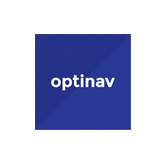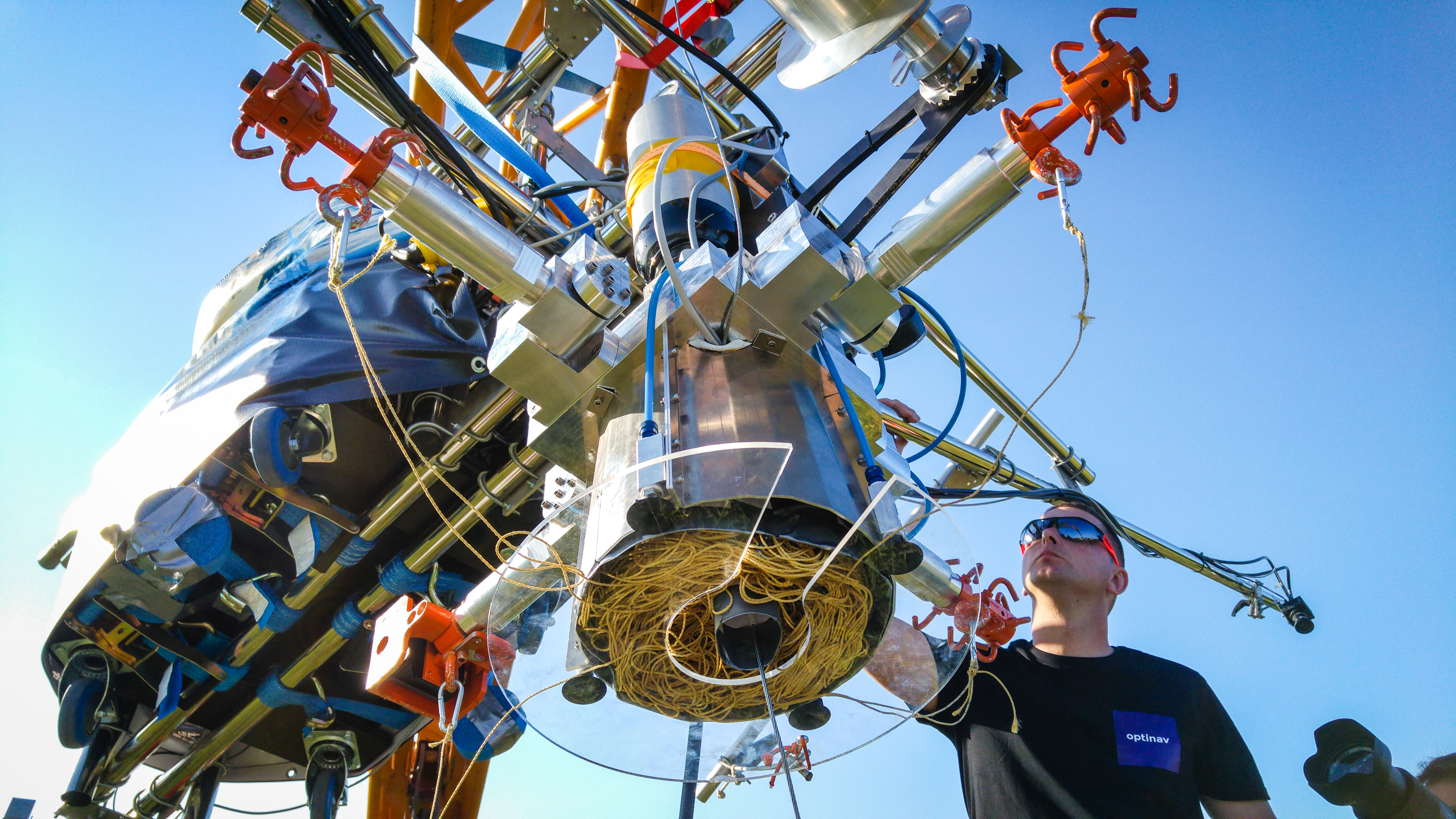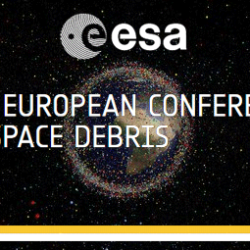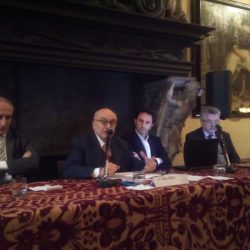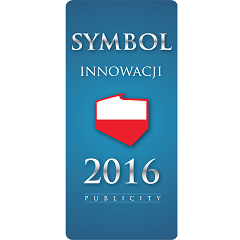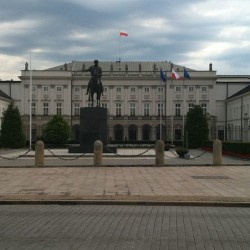Objectives
The project aims to catch the business opportunity generated by the need of increasing safety of space infrastructures with respect to the threat posed by the huge number of space debris lost in space.
Our objective is to validate by testing and qualify for space a scaled-up demonstrator of the First European System for Active Debris Removal with Nets (ADR1EN) and develop the necessary business and commercialisation plans to reach the market.
After extensive feasibility and development work performed since 2012, to adapt this concept to the peculiarities of a space mission, the goals of ADR1EN are:Scaling up
Up-scaling and piloting of the technology demonstrated within an ESA project.
Demonstration
Full scale ground tests of the ADR1EN technology.
Validation
Prototype tests in lab-simulated space environmental conditions.
Business Plan
Development of business and commercialization plans to reach the market.
Even if we do nothing, taking into account the number of objects already in orbit, the space environment might not be sustainable if no mitigation or remediation efforts are undertaken.
The ADR1EN system will contribute to solve the problem of risk of collision against space debris by directly reducing the number of such debris.
To date we have demonstrated the following technologies in a parabolic flight experiment:
- Net simulation software
- Net ejector
- Capturing net
- Testing rig
- Acquisition system
The full scale validation and demonstration of the system that will take place in the ADR1EN project will put us in a privileged position to compete in a rapidly growing market.
At the end of the project the ADR1EN system will be the first available tested technology for active debris removal.
CONSORTIUM
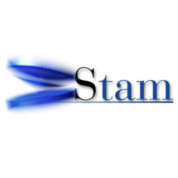
STAM
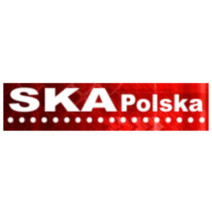
SKA Polska
